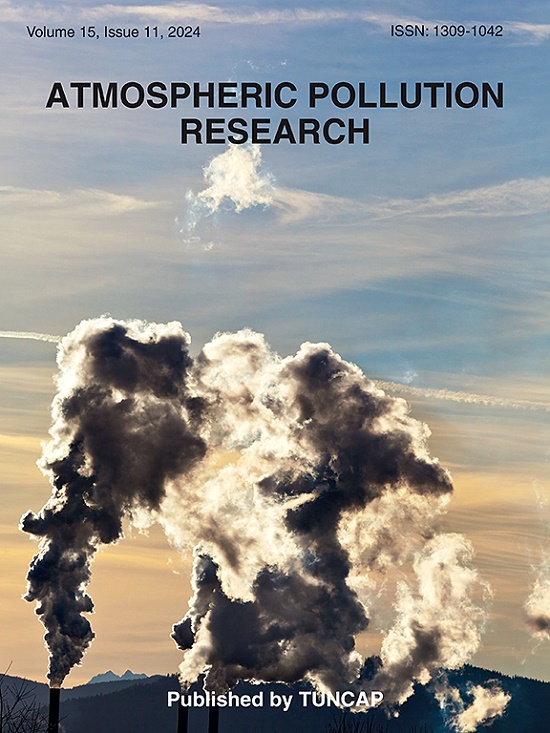Linking sand/dust storms hotspots and land use over Iran
IF 3.9
3区 环境科学与生态学
Q2 ENVIRONMENTAL SCIENCES
引用次数: 0
Abstract
Sand and dust storms (SDS), as a direct consequence of land degradation and wind erosion, is an important environmental challenge in the last two decades, especially in arid and semi-arid areas. Land use changes due to human intervention and soil's susceptibility to erosion are among the most important factors influencing the SDS hotspots. This study aims to explore possible linkage between land use changes and SDS hotspots in Iran during a 20-years period (2001–2022). In this scope, four dust characterization indices based on MODIS observations (BTD3132, BTD2931, NDDI, and D) were employed to identify the SDS hotspots. Then, the land use – land cover (LULC) changes over Iran were mapped using MODIS images, aiming to identify the areas exhibiting large LULC changes and tendency to become SDS hotspots. Finally, the LULC changes were analyzed with respect to SDS hotspots. The results revealed 618 SDS hotspots in the whole Iranian territory, with the largest number of them located in non-vegetated lands, scattered shrubs and rangelands. In addition, Zabol in east Iran presented the highest frequency of SDS, while southwest Iran faced also a large number of SDS. The highest number of SDS was recorded in 2008 in most of the country's stations, following the dust-regime shift in the Middle East due to prolonged drought. Current methodology links SDS hotspots and LULC changes very well and can be helpful for developing mitigation strategies for the consequences of human and climate-induced LULC changes, wind erosion and SDS in arid environments.
求助全文
约1分钟内获得全文
求助全文
来源期刊

Atmospheric Pollution Research
ENVIRONMENTAL SCIENCES-
CiteScore
8.30
自引率
6.70%
发文量
256
审稿时长
36 days
期刊介绍:
Atmospheric Pollution Research (APR) is an international journal designed for the publication of articles on air pollution. Papers should present novel experimental results, theory and modeling of air pollution on local, regional, or global scales. Areas covered are research on inorganic, organic, and persistent organic air pollutants, air quality monitoring, air quality management, atmospheric dispersion and transport, air-surface (soil, water, and vegetation) exchange of pollutants, dry and wet deposition, indoor air quality, exposure assessment, health effects, satellite measurements, natural emissions, atmospheric chemistry, greenhouse gases, and effects on climate change.
 求助内容:
求助内容: 应助结果提醒方式:
应助结果提醒方式:


